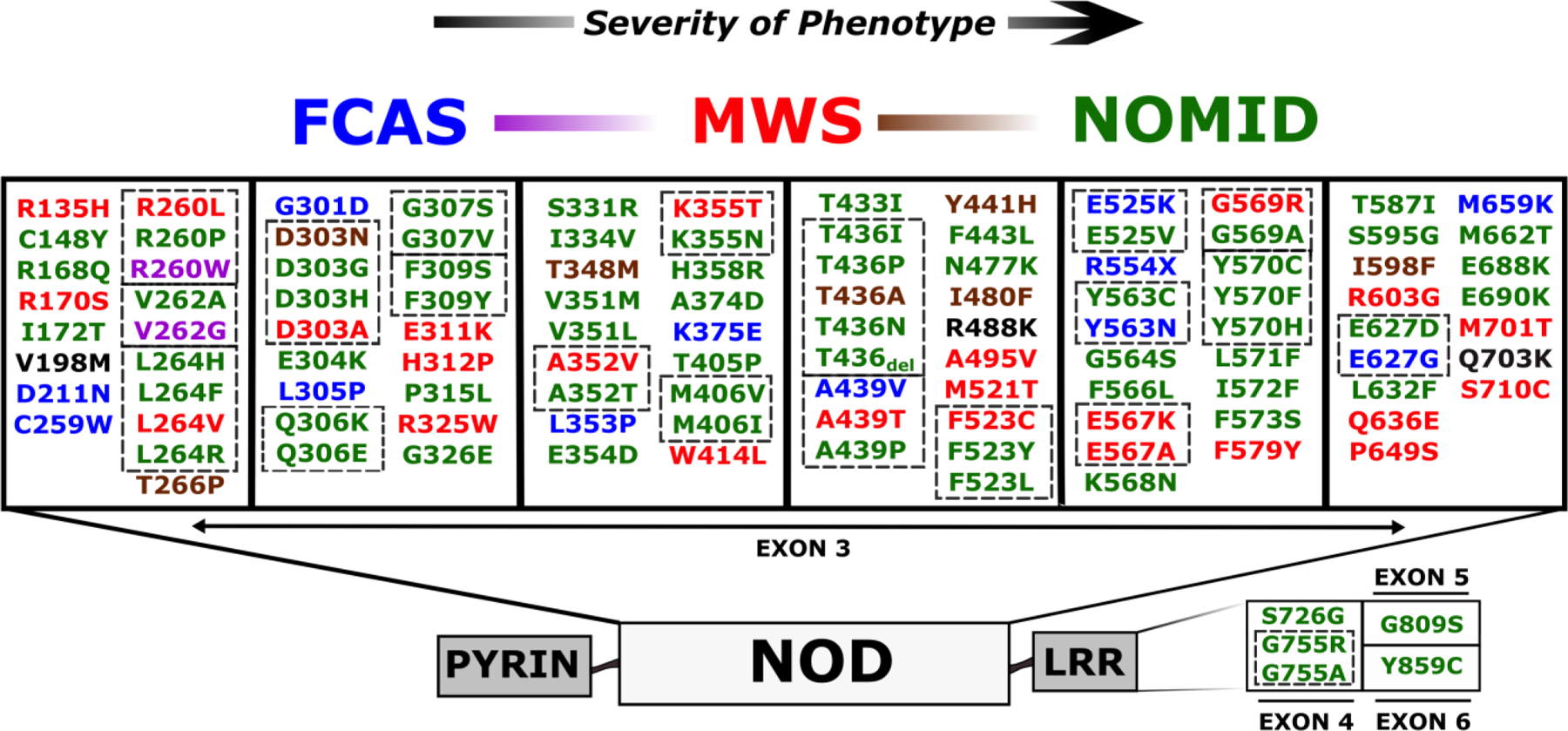Figure 1. NLRP3 mutations reported in CAPS.

Most CAPS disease-associated mutations are located in exon 3, which codes for the NOD domain, and there are a few mutations in C terminal exons that code for the LRR domain. Infevers; an online database for autoinflammatory mutations - https://infevers.umai-montpellier.fr/) [25, 82–84] was accessed 3/4/19 and all potential CAPS associated mutations associated with a sub-phenotype were included. The presence of multiple mutations coding the same amino acid suggest mutational hotspots (indicated by interrupted line boxes). There is fairly consistent genotype-phenotype correlation indicated by colors: FCAS (blue), FCAS/MWS (purple), MWS (red), MWS/NOMID (brown), NOMID (green), and low penetrance mutations (black). All mutations are numbered according to the second methionine (although many mutation sequences utilize the first methionine which adds two amino acids to the reported variant). Familial cold autoinflammatory syndrome (FCAS), Muckle-Wells syndrome (MWS), Neonatal onset multisystemic inflammatory disease (NOMID), nucleotide oligomerization domain (NOD), Leucine rich repeat (LRR)
